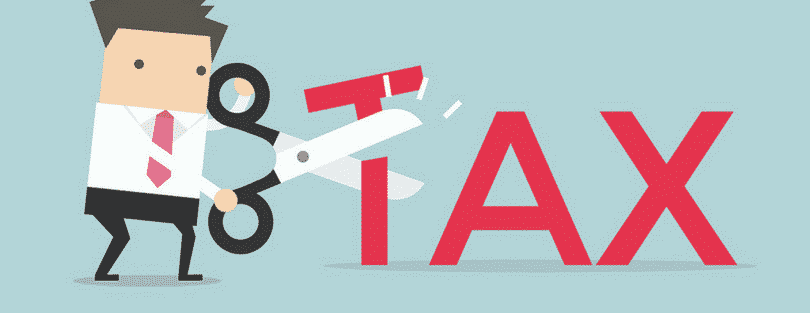Section 13quat provides a tax incentive in the form of an accelerated depreciation allowance to promote investment in designated inner-city areas.
The main objectives are to address dereliction and dilapidation in South Africa’s largest cities and to encourage urban renewal and development by promoting private sector investment in the construction or improvement of commercial and residential buildings, including low-cost housing units situated within demarcated Urban Development Zone (UDZ) Allowance.
The allowance, when deducted, reduces the taxable income of a taxpayer and is not limited to the taxable income of the taxpayer. It can, therefore, create an assessed loss.
Requirements for Claiming the Section 13quat Allowance
To qualify for the allowance, a taxpayer must meet the following conditions:
1. Building Requirement
Section 13quat applies to commercial and residential buildings as well as low-cost residential units. Only the cost of erection, extension, addition to, or improvement of the building qualifies for the allowance, while the cost of the land is specifically excluded.
2. Urban Development Zone (UDZ) Requirement
The building must be located within a designated UDZ. Taxpayers must obtain a location certificate issued by the municipality, confirming that the building is situated within a UDZ within the boundaries of that municipality.
3. Trade Requirement
The building must be used solely for the purposes of trade by the taxpayer.
4. Ownership Requirement
The building must be owned by the person deducting the allowance. However, a lessee who erects a building or makes improvements to an existing building in a UDZ may be considered the “owner” for purposes of claiming the allowance, provided the building is owned by a qualifying party.
5. Date Requirements
- Commencement Date: No allowance may be deducted if the erection, extension, addition, or improvement occurs before the demarcation date.
- Trade Date: The building or part of the building must have been brought into use solely for the purposes of trade on or before 31 March 2023.
Amount of the Allowance That May Be Deducted
1. Erection of a New Building or Extension/Addition to Any Building [Section 13quat(3)(a)]
- Year 1: 20% of the cost during which the building or part of the building is brought into use.
- Years 2-11: 8% of the cost for each of the 10 succeeding years of assessment.
2. Improvements to an Existing Building [Section 13quat(3)(b)]
- Year 1: 20% of the cost in the year of assessment when the part of the building so improved is brought into use.
- Years 2-5: 20% of the cost for each of the 4 succeeding years of assessment.
3. Erection of a New Building or Extension/Addition Related to a Low-Cost Residential Unit [Section 13quat(3A)(a)]
- Year 1: 25% of the cost in the year of assessment during which the unit is brought into use.
- Years 2-6: 13% of the cost for each of the 5 succeeding years of assessment.
- Year 7: 10% of the cost.
4. Improvements to a Low-Cost Residential Unit [Section 13quat(3A)(b)]
- Year 1: 25% of the cost in the year of assessment during which the part of the unit so improved is brought into use.
- Years 2-4: 25% of the cost for each of the 3 succeeding years of assessment.
Construction and Improvements on Qualifying Third-Party-Owned Land
Due to the introduction of Section 12N, depreciation rules now apply to lessees holding rights of use or occupation of government-owned property, property owned by specified exempt entities, or property owned by parties to a Public-Private Partnership (PPP) or the Independent Power Producer Procurement Programme (IPPPP).
- Deemed Ownership: Lessees making improvements to property owned by qualifying third parties are deemed to be the owners of the property.
- Mandated Improvements Only: If the taxpayer is not mandated under the relevant contractual arrangement to effect the improvements but voluntarily decides to do so, the taxpayer cannot claim the deduction.
Conclusion
The Section 13quat Urban Development Zone (UDZ) Allowance is a powerful tax incentive aimed at promoting urban renewal and development in South Africa’s inner cities. By meeting the specified building, trade, and ownership requirements, businesses and investors can leverage this allowance to significantly reduce taxable income and support the country’s urban regeneration goals.





